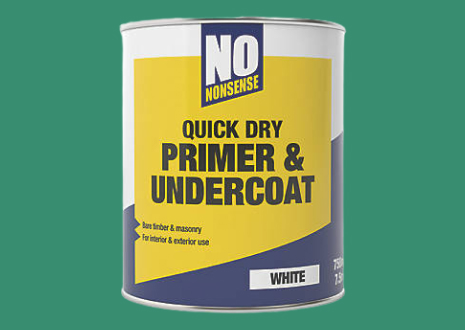Glossary

Undercoat refers to a layer of paint that is applied before the final coat and sometimes after a coat of primer.
The undercoat is an important stage in painting a surface. It not only provides a smoother surface for the topcoat giving it a better finish easier application but can also assist in stopping the surfaces existing colour from bleeding through. The colour of the undercoat should mirror that of the overcoat. For pale and lighter colour use a lighter undercoat and of vide, colourers use a darker undercoat. The undercoat is also important to give the surface some extra protection.
It will help reduce the effects of light physical wear and tear such as denting and scraping as well as giving an extra layer to stop moisture from reaching the surface which can cause mould, rot or in the case of metal rust.
Hiding power
Hiding power is a term that is used to describe paints ability to hide or cover a surface. When used in reference to paint it describes how well it can obscure the surfaces original colour. Hiding power can also be referred to as Opacity or simply abbreviated into HP. The level of hiding power paint […]
Eggshell paint
Eggshell is a term that is used to describe paint with a very slight sheen between matte satin paint. As indicated by its name when dry it has an appearance is similar to that of an eggshell. As eggshell has a slight sheen it does reflect light giving the painted surfaces a lighter appearance as […]
Obtain Free,
No-Obligation Quotation